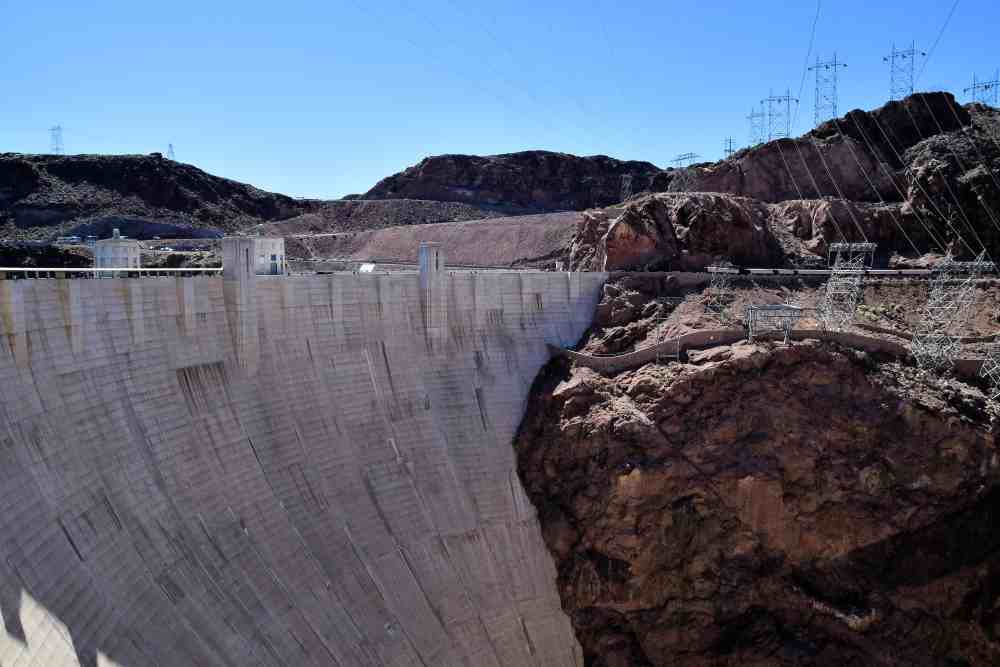

The Power Ministry has said that the hydroelectric power projects with aggregate capacity of 15 GW are presently under construction in India. With these coming live, the hydro capacity is likely to increase from 42 GW to 67 GW by 2031-32, marking an increase of more than half of present capacity.
The Indian Meteorological Department has predicted higher rainfall in the current financial year. Further, hydroelectric power projects located in the Himalayan region get base flow from contribution of snowmelt, i.e., from surface runoff produced by melting snow; so, any rise in temperature will increase snowmelt contribution. This is expected to benefit the hydroelectric power in the country.
The Power Ministry statement said that given the ongoing energy transitions in the country, the development of Pumped Storage Projects (PSPs) assumes importance for providing greater inertia and balancing power to the grid. PSPs are also known as ‘the Water Battery’, which is an ideal complement to modern clean energy systems.
Currently, PSPs with aggregate capacity of 2.7 GW are under construction in the county and another 50 GW is under various stages of development. It is projected that PSP capacity shall increase from 4.7 GW to around 55 GW by 2031-32. This will be a massive jump in the capacity.
Share of Hydro in Total Energy Mix
The development of hydro power projects has been marred by various issues such as natural calamities, geological surprises and contractual disputes, which have resulted in slower hydro capacity addition in recent years, reads the official statement of the Centre.
Nevertheless, aligning with the ambitious targets set forth by India in the Nationally Determined Contributions (NDC) under the COP Paris agreement, which are aimed at reducing emissions intensity of GDP by 45% from 2005 levels by the year 2030 and achieving 50% of installed electric power capacity from non-fossil-fuel sources by the year 2030, the government has adopted a proactive stance towards hydro power development, striving for accelerated progress.
Power Ministry also said that India’s renewable energy capacity has increased significantly in recent years. As of November 2021, the installed Renewable Energy (RE) capacity of the country stood at 150.54 GW (solar: 48.55 GW, wind: 40.03 GW, Small hydro: 4.83 GW, Bio-power: 10.62 GW, Large Hydro: 46.51 GW) while its nuclear energy based installed capacity stood at 6.78 GW.
The Indian Federation of Green Energy (IFGE) and the Embassy of Nepal have jointly organized…
Saudi Arabia’s Forward7 Initiative—formerly known as the Clean Fuel Solutions for Cooking Initiative—has collaborated with…
In a significant move toward advancing green energy and industrial growth in the state, Himachal…
Golabl chemical conglomerate BASF has announced that its now offering the world’s first biomass-balanced polyethersulfone…
In a crucial stint to bolster the biogas sector and sustainable dairying in the country,…
TotalEnergies SE has received approval to proceed with its Middlebrook solar and battery project in…